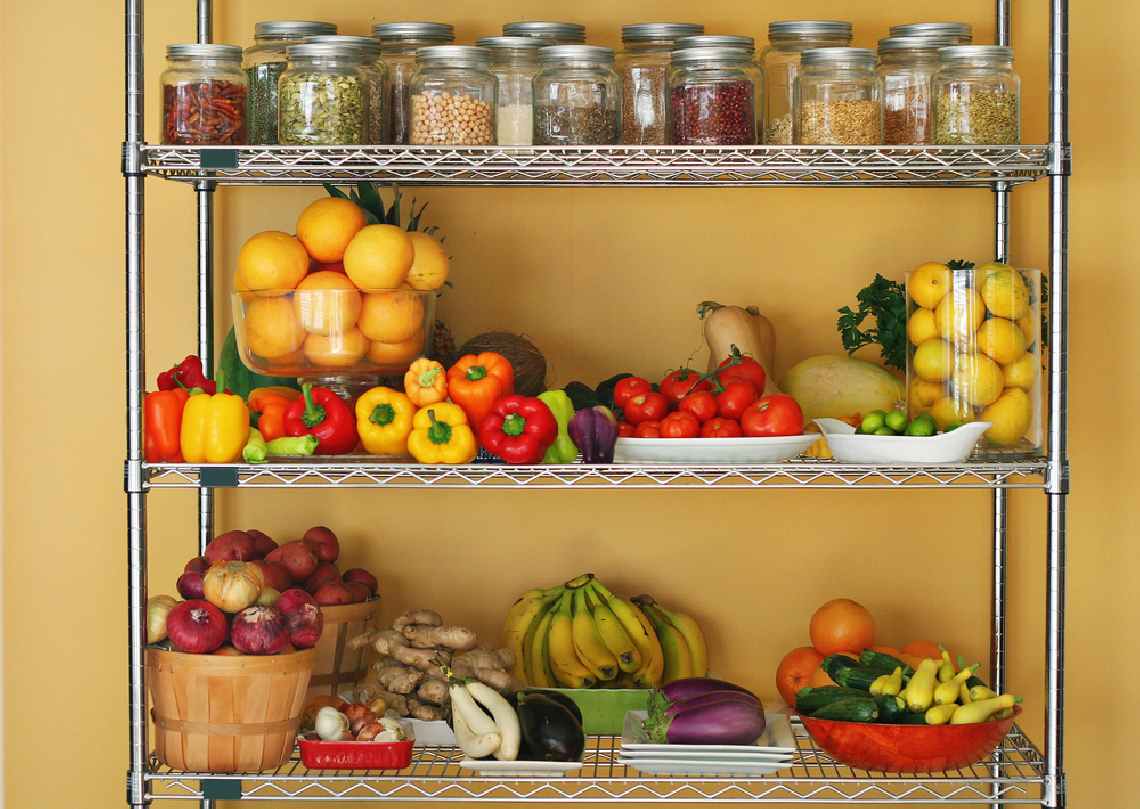- Improved Compliance
- Real Consumer Engagement
- Enable Digital Reorder
& Replenish
Food Shelf Life: The Issues We Face Today
Have you ever thought about the amount of food that is lost or thrown away because it spoils before you can eat it or goes bag in transit to the grocery store or on the shelf?
It is not a though that most people have, but it is one of the biggest problems we face in the food industry today. Throughout the supply chain process, massive amounts of perishable food are lost between harvesting at the farm and making it to your dinner table.
The Issues
There is an issue with increased food production for the growing world population and farmers and distributers trying to handle this mass amount of food efficiently to reduce post-harvest food loss.
Nearly one-third of food produced throughout the world that is intended for human consumption is wasted. That means nearly $1.3 billion is food is lost and/or wasted on a global scale – that is over $100 million dollars of food waste every month and over $3 million per day.
This loss of money is a huge hit for farmers, manufactures, and places that sell this food, but it also means the mass amount of recourses such as water, pesticides, herbicides, and other items are all used in vain and unnecessarily contribute to the destruction of our planet and its valuable resources.
Food waste happens at both the food supply chain and consumers level.
Often, food is lost due to severe miscommunication between farmers, manufactures, and retails when trying to properly coordinate supply chain management, shipping, transportation, and the shelf life of perishable food items.
If a perishable food item, such as apples, take too long in transit during the transportation and distribution process, by the time they get to the farmers market, supermarket, etc. their shelf life is already much lower than it should be.
This can cause two issues. Either the apples will look less fresh and appealing to the supermarket so they decide not to sell it. On the other hand, they supermarket may sell the apples, but once the consumer takes them home they may spoil within a couple of days and they will be thrown away at home.
The Solutions
Fixing food waste and extending the shelf life of perishable foods start at the very beginning of the food production process.
When farmers are harvesting their food, better storage techniques will help preserve the freshness of the food before it enters into the distribution phase. Once the food enters into this phase, making sure the transportation process goes smoothly is critical as well. Properly controlled temperatures and environments for certain food products will have one of the biggest positive impacts on food waste and shelf life.
Furthermore, the communication between farmers, transporters, and supermarkets is crucial as well. There is often much miscommunication between these parties and coming up with a solution to make communicating more functional will have a positive effect as well.
From a more technological standpoint, creating smart packaging that helps keep food fresher for a longer period of time is also something newer that can help shelf life and food waste an ample amount.
As we have discussed in other blog posts, active food packaging has great positive impacts on food and shelf life.
Sachets
“Oxygen absorbing sachets are generally placed in meat packages, baked goods, pizzas, coffees and most other dried foods. Some of these sachets are can release ethanol, which acts as an antimicrobial agent to lengthen the self-life of products with a high moisture content.”
Antimicrobial Packaging
Antimicrobial packaging releases antimicrobials from the actual food package. This will help extend the shelf life of foods and prevent certain forms of bacteria from growing on the food and causing it to spoil quicker than it needs to.

